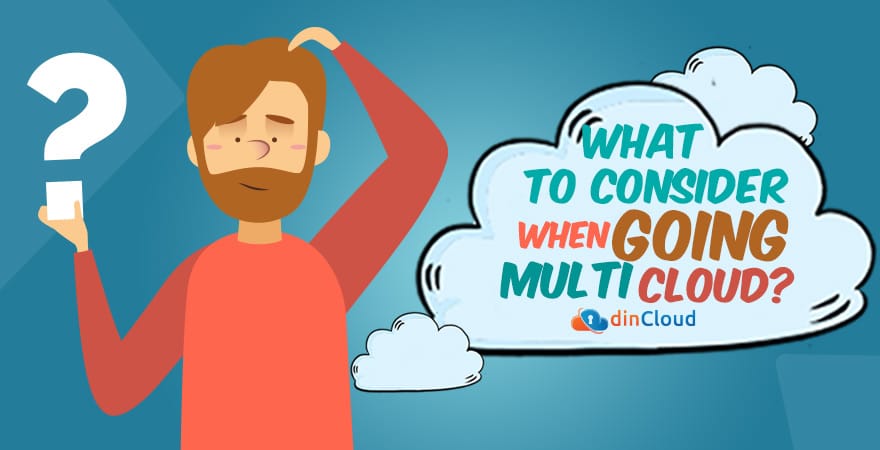The influence of cloud powered technologies and solutions is steadily on the rise. This trend was further accelerated with the full onset of a global pandemic in the form of Covid-19. By now, even skeptics of the Cloud have been compelled to re-think their stance.

No doubt that the Cloud offers nearly matchless flexibility, agility and scalability, you can’t just adopt a “one size fits all” approach to cloud solutions. Not only do the cloud powered solutions vary, there is also a lot to consider when selecting a Cloud Service Provider (CSP).
In addition to the above vital consideration, lets also clear up a common misconception about the multi-cloud. Lately, there has been a rising hype around multi-cloud solutions. We will briefly discuss a thing or two that you need to be cognizant of.
Related: After Hybrid and Multi Cloud, Distributed Cloud is Next
Multi Cloud is a quickly emerging trend that is grabbing the attention of a lot of enterprises that want to migrate to the Cloud. Leaving the security bit aside for this post, what deters entities from moving over to the cloud is “vendor lock-in”.
This is a situation whereby an enterprise commits itself so heavily to a single cloud provider that it becomes either impossible or too costly to make a shift thereon. This phenomenon is quite capable of making CIOs nervous.
One of the most common and strongest arguments made in favor of the multi cloud is preventing the dreaded vendor lock-in. In theory, a multi cloud approach is one whereby you may source storage from one cloud provider, while processing from another.
The whole idea behind advocating multi cloud environments is that you get the “best of every world”. In other words, choose the CSP with the best and most cost effective storage solely for storing and nothing more. For another function, go for some other CSP.
While this idea seems really enticing at first sight, this approach may not always yield the best results or theorized efficiencies. A major limiting factor in case of multi cloud deployments is absence or lack of integration.
Related: How to Manage Hybrid and Multi Cloud Environments?
Each cloud solution has been optimized for a particular cloud provider’s infrastructure and such deployments may create a lot of challenges in the domains of management, visibility, costs and long term viability.
Conclusion
Instead of going full on behind multi cloud deployments, what we would like to suggest is doing proper homework on the various cloud providers out there and choose the single most efficient and versatile service provider for your needs.
That way, you would be in a much better position to integrate your existing data, applications and other resources without giving rise to even more complexities. You may secure your interests by going for detailed Service Level Agreements (SLA) with the CSP.
By doing so, you would not only make your transition to the Cloud much more seamless, but would also be able to unlock the true potential of embracing the cloud. To cover against rising subsequent costs, look for CSPs like dinCloud that offer transparent pricing.
Premier Cloud Service Provider (CSP) dinCloud offers a wide range of cloud services under a flat rate subscription model with no hidden costs. This takes all the guess work out of the equation and you will know beforehand what you will be paying and getting in return.
Feel free to Contact Us for any further queries you may have about migration to the Cloud.


